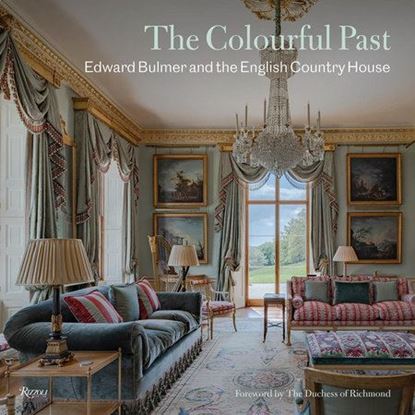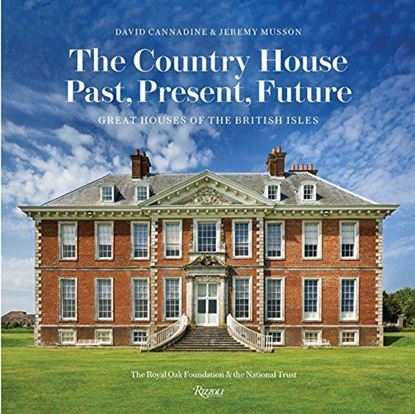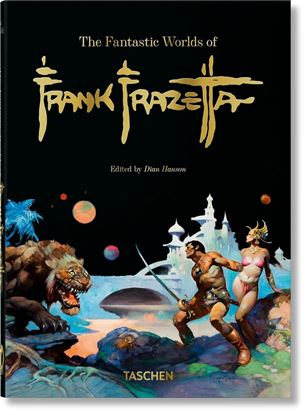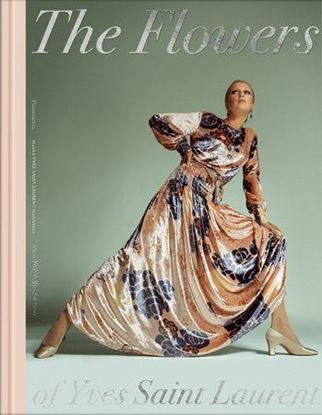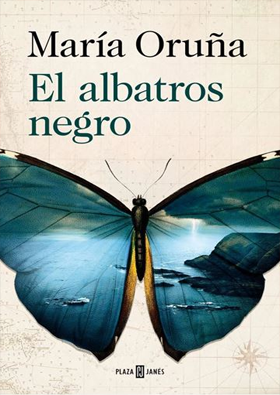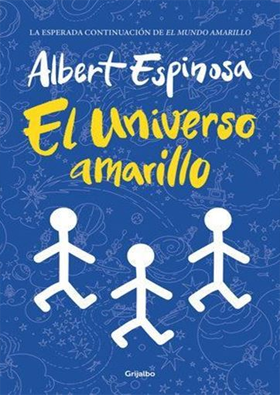

THE BOOK OF MIRACLES. 45TH ED. (INT)
The Book of Miracles first surfaced several ago and is one of the most spectacular discoveries in the field of Renaissance art. The near-complete illustrated manuscript, created in Augsburg around 1550, is composed of 169 pages of large-format illustrations in gouache and watercolor, depicting wondrous and often eerie phenomena.
The mesmerizing images deal with both biblical and folkloric tales, depicting stories from the Old Testament and Book of Revelation as well as events that took place in the immediate present of the manuscript’s author. From shooting stars to swarms of locusts, terrifying monsters to fatal floods, page after page hypnotizes with visions alternately dreadful, spectacular, and even apocalyptic.
2,200
1,760
THE COLOURFUL PAST
Interior designer Edward Bulmer breathes new life into centuries-old houses with a sympathy that is rooted in a deep understanding of the past, transforming them into comfortable homes designed for modern living.
1,995
1,596
THE COUNTRY HOUSE. PAST, PRESENT (OF3)
From The Crown to Downton Abbey, the country house speaks to our fantasies of rustic splendour, style, and escape. Featuring three hundred photos from the National Trust, this lavish book draws back the curtain on the finest and most important historic homes in England, Wales, Scotland, and Ireland, revealing these great houses' intriguing pasts, grand interiors, and vi-brant reinventions for the enjoyment of modern-day visitors, residents, and armchair travellers. Locations include Knole, Cragside, Castle Howard, Chatsworth, Polesden Lacey, Petworth, Castle Bodiam, Blenheim, Longleat, and dozens more. Illuminating essays by country house expert Jeremy Musson, legendary British author and historian David Cannadine, and contributing writers and scholars provide unique insight into centuries of life in a historic home. This is a rich visual resource for lovers of sumptuous interiors on a human scale, as well as grand exterior architecture and gorgeous landscapes. For Anglophiles, royals watchers, and lovers of the country house lifestyle, architecture, and interior design, this is a magnificent new look at landmark British country houses, the treasures they contain, and how they speak to our fantasies of rustic splendour and escape today.
995
796
THE FANTASTIC WORLDS OF. FRANK FRAZETTA.
Frank Frazetta has reigned as the undisputed king of fantasy art for 50 years, his fame only growing in the years since his death. With his paintings now breaking auction records (Egyptian Queen sold for $ 5.4 million in 2019) he’s long overdue for this ultimate monograph.Born to a Sicilian immigrant family in Brooklyn, 1928, Frazetta was a minor league athlete, petty criminal and serial seducer with movie star looks and phenomenal talent. He claimed to only make art when there was nothing better to do – he preferred playing baseball - yet began his professional career in comics at age 16. Strip work led him to the infamous EC Comics, then to oils for Tarzan and Conan pulp covers. Both characters were interpreted by many before him, but as he explained in the 1970s, “I’m very physical minded. In Brooklyn, I knew Conan, I knew guys just like him,” and he used this first-hand knowledge of muscle and macho to redefine fantasy heroes as more massive, more menacing, more testosterone-fueled than anything seen before. As counterbalance he created a new breed of women, nude as censorship allowed, with pixie faces and multiparous bodies: thick thighed, heavy buttocked, breasts cantilevered out to there, yet still, with their soft bellies and hints of cellulite, believably real. Add in the action, the creatures, the twilit worlds of haunting shadow and Frazetta’s art is addictive as potato chips.
1,750
1,400
THE FLOWERS OF YVES SAINT LAURENT
Produced with the Yves Saint Laurent museums in Paris and Marrakech, this book examines how flowers served as the designer’s muse throughout his life and work.
Yves Saint Laurent’s passion for flowers and gardens was the source of endless inspiration. From a thousand and one rose buds to sprigs of lily of the valley, from an avalanche of bougainvillea to delicate poppy blooms, and from sheaves of wheat to majestic lilies, he metamorphosed nature in his creations. Employing flowers as a palette of patterns and techniques, he adorned women in floral appliqués, prints, and embroideries.
3,200
2,560
THE GODFATHER FAMILY ALBUM (40) (GB)
"Es peligroso ser un hombre honesto".
—Michael Corleone, El Padrino IIIComo fotógrafo especial en los platós y los exteriores de la trilogía El Padrino de Francis Ford Coppola, Steve Schapiro tuvo la oportunidad excepcional de presenciar el trabajo de actores legendarios en algunas de sus interpretaciones más memorables. Schapiro inmortalizó a Marlon Brando, Al Pacino, Robert De Niro, James Caan, Robert Duvall y Diane Keaton en fotos que desde entonces se han convertido en imágenes emblemáticas, reconocibles al instante e imitadas hasta la saciedad. Reunidas por primera vez en este libro están las mejores fotografías de Schapiro de las tres películas de El Padrino, cuidadosamente reproducidas a partir de los negativos originales. Con ensayos y entrevistas que cubren la trilogía en su integridad, este libro contiene más de 300 imágenes a color y en blanco y negro.
Las imágenes de Schapiro nos llevan tras las escenas de esta epica e inimitable saga cinematográfica, revelando el proceso de trabajo del director, captando las atmósferas y las personalidades involucradas y proporcionando interioridades de cómo se hacía la historia del cine.
2,200
1,760



